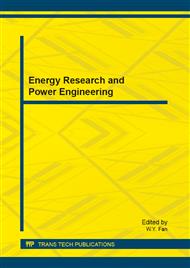p.709
p.715
p.719
p.727
p.732
p.737
p.743
p.748
p.754
The Design of Dual-Mode Traffic Lights Control System Based on FPGA
Abstract:
The traffic signal lights control system automatically controls the statues of the intersection traffic lights and dispatch the traffic vehicles normally that traffic scheduling is an important system and it is the most basic and most important tools in city traffic management. Traffic lights control system made by single chip microcomputer technology has a single working model, low reliability, slow speed, and it can't modify or upgrade online, which is difficult to adapt to changes at different times of the traffic flow. This design of the dual mode of traffic lights control system intelligently controls each intersection traffic lights on and off time in the different period, which will improve the scheduling efficiency of road intersections. The design is based on FPGA with a digital display of traffic lights control system, compile the program design and simulation in Quartus II development environment, and ultimately download to EP2C35F672C6 chip of Altera Company. By the DE2 experiments test platform, the system has stable performance, simple operation, easy to maintenance, high reliability, strong expansibility and good refactoring.
Info:
Periodical:
Pages:
732-736
Citation:
Online since:
July 2013
Authors:
Keywords:
Price:
Сopyright:
© 2013 Trans Tech Publications Ltd. All Rights Reserved
Share:
Citation:


